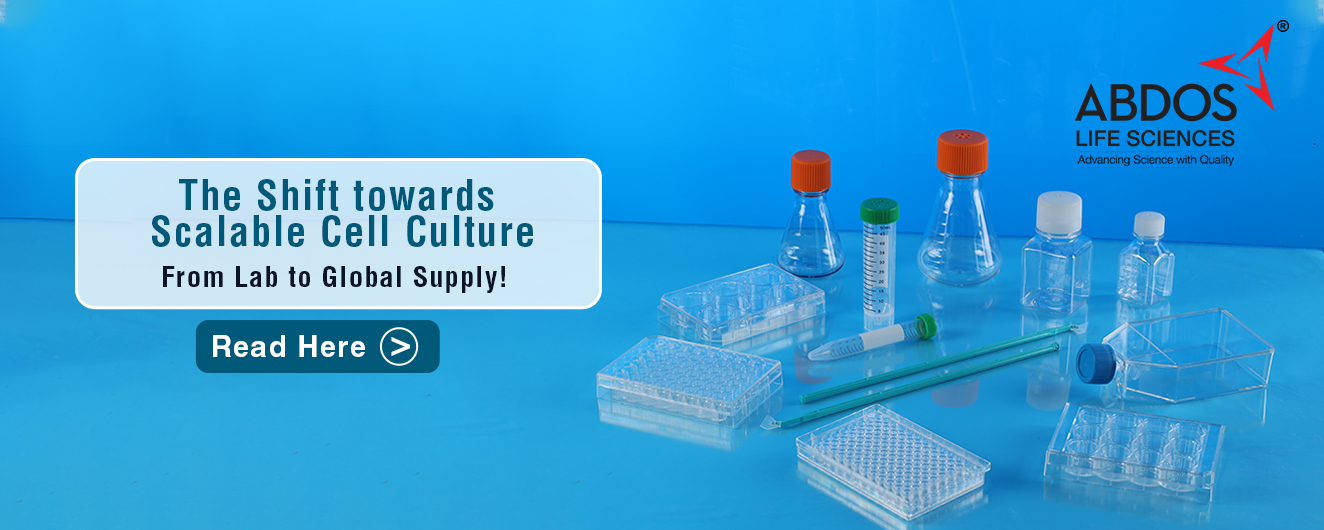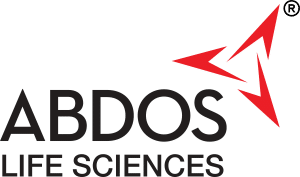
Scaling up a bioprocess from the lab to commercial production is one of the most complex challenges in biotechnology. Without the right tools and processes, small inconsistencies in early-stage cell culture can lead to costly delays or failures at industrial scale. This is where bioreactors play a critical role. By providing a controlled environment for cultivating cells, bioreactors enable researchers to optimize conditions for growth and productivity—essential for applications such as drug production, gene therapy, and tissue engineering.
Typically, fermentation process development begins at the lab scale, using shake flasks (100–1000 mL) or bench-top bioreactors (1–50 L) with small volumes of microbial cells. During this phase, key parameters like pH, temperature, nutrients, oxygen supply, and agitation are carefully tuned. Once optimized, the process is scaled up to pilot bioreactors (50–10,000 L), and finally to large-scale manufacturing in plant bioreactors exceeding 10,000 L. This stepwise approach helps ensure consistency, scalability, and commercial viability of the bioprocess (1).
Traditional egg-based Production- Case Study
Influenza remains a major global health threat, yet vaccine production still relies heavily on a decades-old egg-based method. This approach, used for about 85% of inactivated influenza vaccines, requires millions of high-quality eggs and involves complex handling and incubation. It’s vulnerable to supply disruptions—especially during avian flu outbreaks—and can lead to viral mutations that reduce vaccine effectiveness by weakening the match to circulating strains.
Cell culture-based method helps overcome these hurdles. Instead of using eggs, viruses are produced in mammalian cell lines in a controlled bioreactor environment. This technique reduces production time, increases productivity, and provides a more consistent antigenic match to the original virus. It also improves scalability; cells may be grown at high densities in huge bioreactors. Most crucially, it eliminates vaccine manufacturing’s reliance on egg supply, resulting in a more resilient and adaptable platform to fulfil global demand and avoid shortages (2).
The Rise of Cell Culture
In the mid-21st century, cell culture-based vaccine production for influenza breakthroughs has emerged with advancements in bioprocessing. Earlier, use of static cultures where cells grew only when attached to the surfaces like petri dishes, roller bottles, T-flasks but this method was not ideal for large scale production. Later, it was replaced by dynamic bioreactor that allowed improve mixing, oxygen transfer, and online monitoring including key developments.
Adaptation of cell lines such as MDCK (Madin-Darby Canine Kidney) and Vero to suspension growth, where cell can float freely in the liquid culture rather than attaching to a surface, for the industrial scale vaccine production to grow billions of cells, scientists paved the way for stirred bioreactors
Researchers also realized that not all cells are capable in producing viruses. What if cells could be designed to perform better and this led to the rise of designer cell lines engineered or selectively adapted to produce higher virus yields, grow faster, or offer enhanced safety profiles. Media innovation, moving from serum-containing to serum-free and chemically defined formulations, which improved reproducibility and safety and to push the productivity to next level process intensification strategies like fed-batch and perfusion, enabling high cell density (HCD) cultivation and maximizing virus output.
Together, these advancements, suspension cell growth, designer cell lines, modern media, and intensified processes have transformed vaccine manufacturing from a fragile, small-scale operation into a robust, scalable, and efficient system capable of meeting global demand. (2)
Bioprocessing Breakthroughs: The Conclusion
As the limitations of traditional vaccine production become increasingly apparent, ranging from supply chain vulnerabilities to reduced vaccine efficacy, the cell culture–based methods have emerged as a powerful alternative. Modern bioreactors enable viruses to be grown in suspension-adapted mammalian cell lines, allowing for greater scalability, consistency, and control.
Key advancements including the development of designer cell lines, serum-free media, and process intensification techniques like fed-batch and perfusion have revolutionized vaccine manufacturing. These innovations support high cell density cultivation and maximize viral yields, transforming vaccine production into a robust, scalable, and globally responsive platform.
References
